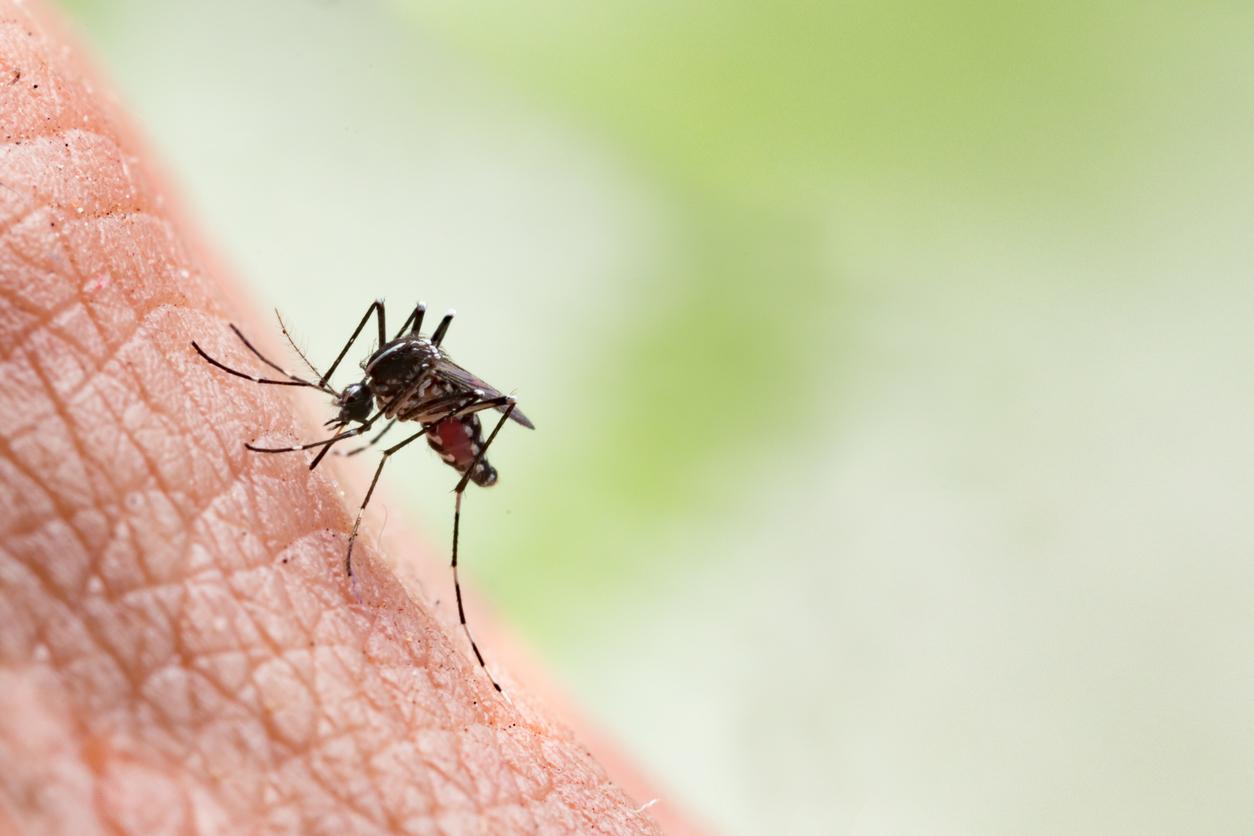Researchers have found traces of plague dating back more than 4,900 years.

- The plague ravaged Europe in the Middle Ages.
- However, researchers have just found traces of plague that are much older in Scandinavian countries.
- The plague is a potentially fatal disease that still rages today in Africa, Asia and the Americas.
While the plague is known to have ravaged Europe in the Middle Ages, researchers published in the journal Nature have just identified traces of potential much older epidemics.
Plague: 108 people tested
To do this, Dr Frederik Seersholm and his colleagues at the University of Copenhagen analysed the teeth and bones of 107 Swedes and one Dane who lived in these lands more than 4,900 years ago.
“The analyses show that 18 of these individuals, or 17% of the cohort, were infected with the plague at the time of their death.”Frederik Seersholm said in a press release. “Furthermore, our results show that the youngest strain of plague we identified may have had epidemic potential,” he added.
Plague: several waves of epidemics
In addition to revealing the presence of the plague, the scientists analyzed the DNA of the bacteria and that of the members of the cohort.
This work notably allowed the team of scientists to exclude the possibility of a single devastating wave of bubonic plague. A family that had been reconstituted over six generations, for example, would have suffered at least three epidemics during that period of life, all due to markedly different strains of plague. This pattern is familiar: the Black Death of 1347-1353 was followed by periodic resurgences in Europe until the 17th century.
We do not know today how the disease spread 5,000 years ago in Scandinavian countries, but it was not by fleas as in the Middle Ages. Indeed, all the strains of plague identified by Frederik Seersholm lacked the mutation that allows Yersinia pestis to survive in the insect’s digestive tract.
Human DNA analysis also revealed a culture where women were buried with their husbands’ families, likely living with them. “However, we cannot yet prove that this is exactly what happened at the time,” Frederik Seersholm concluded cautiously.
The plague is still raging
The plague is a disease that still rages today in Africa, Asia and America. In France, the last cases occurred in 1945.
In humans, the disease has two main forms: bubonic (contracted by flea bite) and pulmonary (transmitted through the air).
Bubonic plague is characterized, after an incubation period of a few days, by a very severe infectious syndrome (high fever, severe deterioration of the general condition), accompanied by hypertrophy of the lymph node (bubo) draining the area where the flea was bitten.
“In 20 to 40% of cases, the bubo suppurates and the patient recovers after a fairly long convalescence period. Otherwise, the disease develops into very rapidly fatal septicemia,” noted Pasteur Institute. “In some cases, the bacillus reaches the lungs. In the absence of early and appropriate treatment, pneumonic plague is systematically fatal within 3 days,” he adds.
















